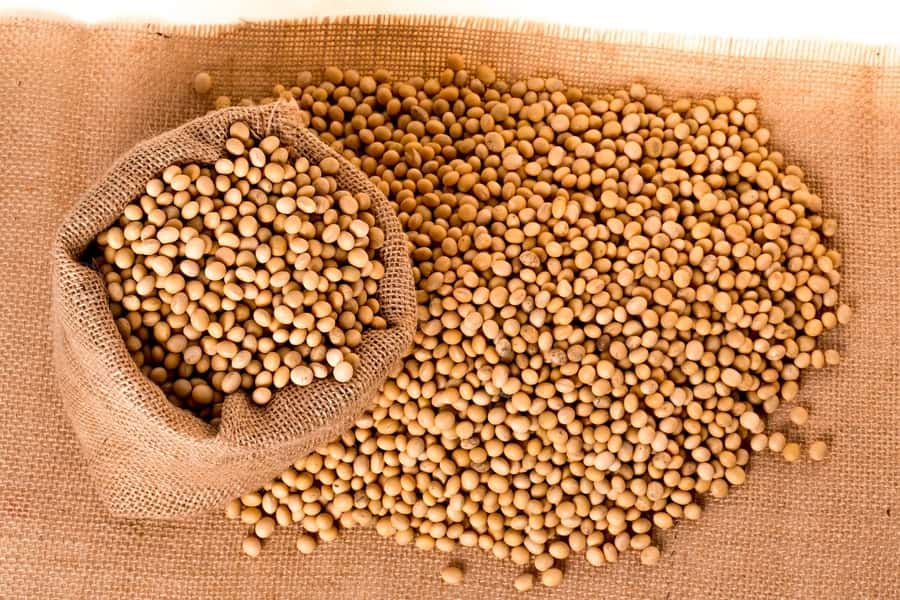Soybean internal market prices were mixed during the week, with the exchange rate being the main factor supporting negative movements. Over the week, the dollar was sharply lower most of the time but its 2% high on Friday made the currency close the week in a positive field. The swing in the upward channel in Chicago prompted support for domestic prices.
Among the oscillations, a 60-kilogram bag remained at around BRL 171.00 in Passo Fundo (RS) last week. In the same period, the prices went up from BRL 166.50 to 168.50 in Cascavel (PR); in Rondonópolis (MT), down from BRL 160.00 to 155.00; and at the Port of Paranaguá (PR), up from BRL 173.00 to 176.00.
The main pressuring factor on internal prices last week was the exchange rate behavior. The dollar ended up accumulating a high of 0.66% over the week, closing Friday at BRL 5.1470. The Fed’s decision to increase interest rates by 0.25% maintains the expectation of tightening the monetary cycle and improves the remuneration of fixed-interest securities in the United States, which ends up putting pressure on the volume of foreign capital in Brazil.
On the Chicago Board of Trade (CBOT), despite firm variations on positive and negative sides, soybeans accumulated a high of 1.49% over the week. The market keeps its prices high due to the good demand for US soybeans, of which China continues to be the main buyer, and due to the maintenance of dry climate in Argentina. On Friday, the market retreated again but ended the week higher. The March contract was closed trading at USD 15.32 a bushel.
The fundamental picture in the medium to long term is still negative for soybeans. Despite the conditions of uncertainty regarding the weather in Argentina, Brazil maintains the good perspective of a super crop of around 153 mln tons. This competitiveness gain must weigh on export premiums.
Growers continue to negotiate strategically and seek higher prices, however, the focus is now on the harvest in Brazil.
The weather for the moment has held back the harvest progress. The maps point to a more positive February for Brazilian crops. The better moisture predicted for Rio Grande do Sul must improve the picture, but the harvest may be lower than expected.

